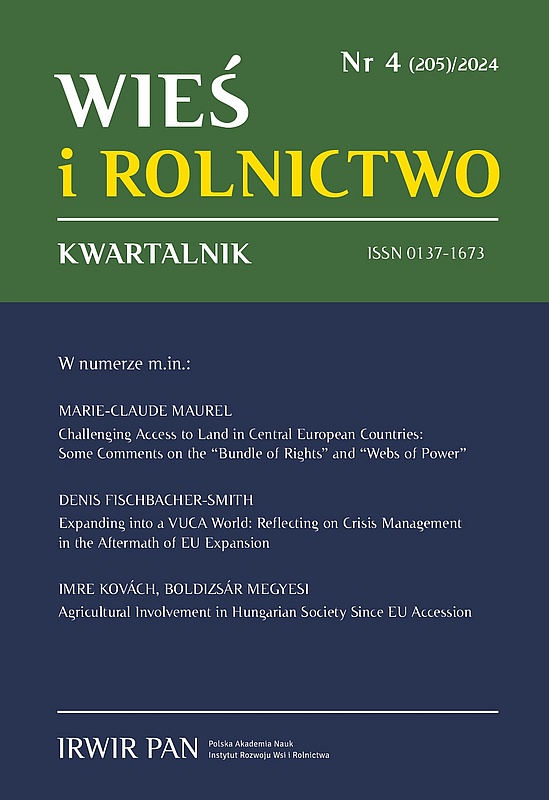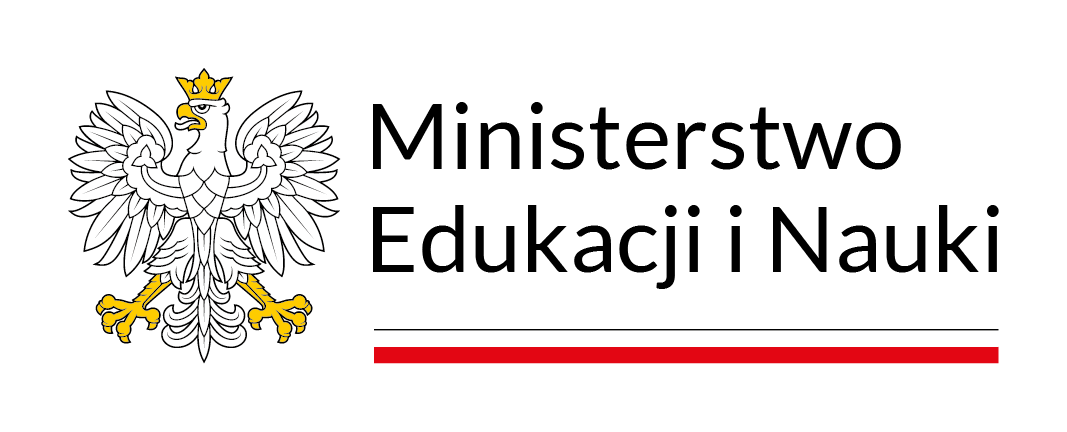Od kolektywizacji do komodyfikacji. Przemiany estońskiego krajobrazu wiejskiego i tożsamości
DOI:
https://doi.org/10.53098/wir.2024.4.205/05Słowa kluczowe:
restytucja ziemi, profesjonalizacja rolnictwa, wyludnienie wsi, komodyfikacja krajobrazu, tożsamość narodowaAbstrakt
Krajobraz wiejski Estonii przeszedł znaczącą transformację – od okresu sowieckiej kolektywizacji po proces restytucji ziemi po odzyskaniu niepodległości oraz członkostwo w Unii Europejskiej. Po kolektywizacji i wyludnieniu obszarów wiejskich w czasach sowieckich restytucja ziemi w latach 90. XX w. była napędzana przez nacjonalistyczne ideały łączące własność ziemi z tożsamością i sprawiedliwością. Jednak początkowy idealizm został osłabiony przez wyzwania ekonomiczne i logistyczne. Integracja Estonii z UE przyspieszyła profesjonalizację zawodu rolnika i koncentrację rolnictwa – liczba gospodarstw rolnych zmalała, lecz te, które się utrzymały, stały się większe, bardziej wyspecjalizowane i wydajniejsze. Jednocześnie wyludnianie wsi i urbanizacja doprowadziły do porzucenia infrastruktury rolniczej i zaniku tradycyjnych źródeł utrzymania, choć turystyka małoskalowa i inicjatywy społeczne przyczyniły się do rewitalizacji niektórych obszarów. Wieś, coraz częściej postrzegana jako skomercjalizowana „przestrzeń rekreacyjna”, pełni obecnie różnorodne funkcje, łącząc ochronę dziedzictwa z nowoczesną turystyką. Zmiany te podkreślają przejście od użytkowego krajobrazu wiejskiego do wielofunkcyjnej przestrzeni odzwierciedlającej wartości miejskie, co wymaga ponownej analizy tożsamości narodowej i społeczno-gospodarczej przyszłości estońskiej wsi.
Bibliografia
Antrop M. (1998). Landscape change: Plan or chaos? Landscape and Urban Planning, 41(3–4), 155–161. DOI: https://doi.org/10.1016/S0169-2046(98)00068-1
Brandt J., Vejre H. (eds.). (2003a). Multifunctional Landscapes. Volume I: Theory, Values and History; 2. Monitoring, Diversity and Management. Ashurst Lodge: WIT Press.
Brandt J., Vejre H. (eds.). (2003b). Multifunctional Landscapes. Volume II: Monitoring, Diversity and Management. Ashurst Lodge: WIT Press.
Claval P. (2005). Reading the rural landscapes. Landscape and Urban Planning, 70(1–2), 9–19. DOI: https://doi.org/10.1016/j.landurbplan.2003.10.014
Eiter S. (2006). Transport infrastructure in the mountains: Why and how to protect landscape with human activity as part of its heritage. International Journal of Heritage Studies, 13(1), 56–80. DOI: https://doi.org/10.1080/13527250601010877
Helm A. (2022). Looduslik elurikkus pollumajandusmaastikes: kestliku toidutootmise tähtis component. Riigikogu Toimetised, 45, 107–114.
Laviolette P. (2011). Extreme Landscapes of Leisure: Not a Hap-Hazardous Sport. Farnham: Ashgate.
Maandi P. (2009). The silent articulation of private land rights in Soviet Estonia: A geographical perspective. Geoforum, 40(3), 454–464. DOI: https://doi.org/10.1016/j.geoforum.2009.03.003
Mander Ü., Antrop M. (eds.). (2003). Multifunctional Landscapes. Volume III: Continuity and Change. Ashurst Lodge: WIT Press.
Mander Ü., Palang H. (1994). Changes of landscape structure in Estonia during the Soviet period. GeoJournal, 33(1), 45–54. DOI: https://doi.org/10.1007/BF00810135
Nugin R., Trell-Zuidema E.-M., Poder A. forthcoming: Maalisus. In: Sissejuhatus inimgeograafiasse.
Palang H. (2010). Time boundaries and landscape change: Collective farms 1947-1994. European Countryside, 2(3), 169–181. DOI: https://doi.org/10.2478/v10091-010-0012-6
Palang H., Sooväli-Sepping H. (2012). Are there counter-landscapes? On milk trestles and invisible power lines. Landscape Research, 37(4), 467–482. DOI: https://doi.org/10.1080/01426397.2011.604715
Printsmann A., Linkola H., Zarina A., Vološina M., Häyrynen M., Palang H. (2019). Landscape 100: How Finland, Estonia and Latvia used landscape in celebrating their centenary anniversaries. European Countryside, 11(2), 187–210. DOI: https://doi.org/10.2478/euco-2019-0017
Printsmann A., Nugin R., Palang H. (2022). Intricacies of moral geographies of land restitution in Estonia. Land, 11(2), 235. DOI: https://doi.org/10.3390/land11020235
Rasva M., Jürgenson E. (2022). Agricultural land concentration in Estonia and its containment possibilities. Land, 11(12), 2270. DOI: https://doi.org/10.3390/land11122270











